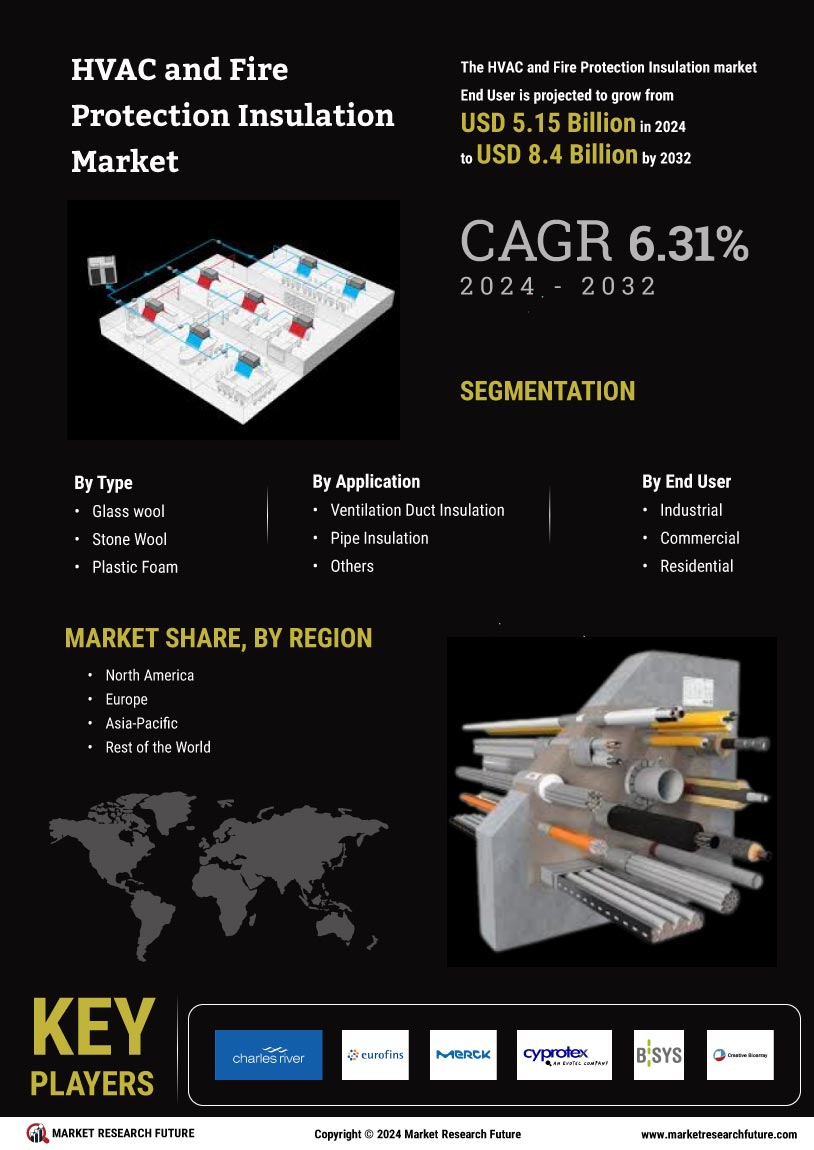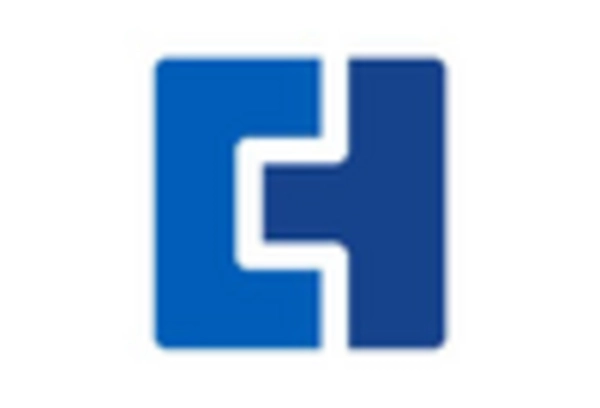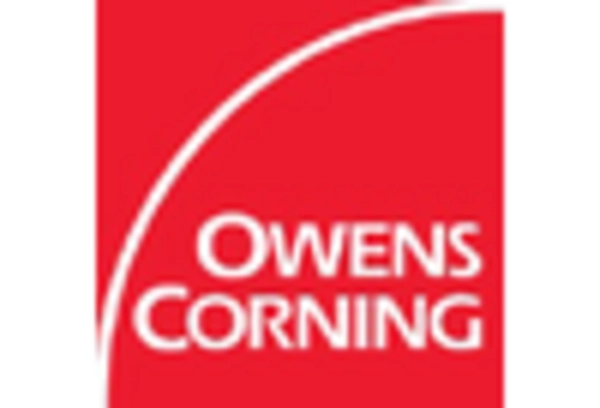Leading market players are investing heavily in research and development in order to expand their product lines, which will help the HVAC and Fire Protection Insulation market, grow even more. Market participants are also undertaking a variety of strategic activities to expand their footprint, with important market developments including new product launches, contractual agreements, mergers and acquisitions, higher investments, and collaboration with other organizations. To expand and survive in a more competitive and rising market climate, HVAC and Fire Protection Insulation Industry must offer cost-effective items.
Manufacturing locally to minimize operational costs is one of the key business tactics used by manufacturers in the HVAC and Fire Protection Insulation Industry to benefit clients and increase the market sector. In recent years, the HVAC and Fire Protection Insulation Industry has offered some of the most significant advantages to medicine.
Major players in the HVAC and Fire Protection Insulation market, including Saint-Gobain, Owens Cornin, Rockwell International A/S, Kingspan Group, PPG, Armacell, Knauf Insulation, L'ISOLANTE K-FLEX S.P.A., Fletcher Insulation, Berkshire Hathaway, Inc., BASF SE, GAF, Beijing New Building Material (Group) Co., Ltd., and Broad Group, are attempting to increase market demand by investing in research and development operations.
Rockwool International A/S (Rockwool) manufactures and supplies insulating materials made of stone wool. Along with roof, floor and ceiling insulation, internal and exterior wall insulation, HVAC insulation and passive fire protection, its product portfolio also comprises acoustic fences, industrial insulation, marine & offshore insulation, OEM insulation and other applications. These products are used in energy efficiency, acoustics, precision growth, fire resistance, building renovation, and aesthetics. The company also offers energy system remodelling services for buildings, houses, and companies. The company has operations in a number of countries in North America, Europe, and Asia. Rockwool's corporate headquarters are in Hedehusene, Denmark.
In August 2022, Owens Corning acquired The Natural Polymers, LLC, a Cortland, Illinois-based manufacturer of spray-applied polyurethane foam insulation for use in building and construction.
Owens Corning creates systems for composite and building materials. The business manufactures and sells fibreglass composites. Its product line includes loose-fill insulation, foam sheathing, thermal and acoustical batts and accessories. The company also offers oxidised asphalt, laminated and strip asphalt roofing tiles, and synthetic packaging materials. The company offers its products under a variety of brand names, such as PINK FIBERGLAS, FOAMGLAS, Paroc, and FOAMULAR. In July 2022, Rockwool debuted their NyRock stone wool technology in the UK. The item has the lowest lambda stone wool insulation rating available in the UK.
NyRock is manufactured using an innovative, patented production process, and its thermal conductivity is as low as 0.032 W/mK.

















Leave a Comment